I had a Harman XXV stove professionally installed over the summer and when I first fired it up over the last week got a lot of smoke smell. I know that the new stove needs to “cure†and that smell went away after an hour or two of burning, but I can still smell/see wood smoke coming out of the piping in the rear. This only occurs when the stove is first starting up or if I set the stove to room temp and it cycles down. I had the installer back out and they are going to re-do the install and reseal everything. I am questioning that they said that it was normal for me to get some smoke and smell during start up year round. They said that I am only getting as much as I am because it is warmer out (it was in the 50s). They tested the draft and said it was excellent. Is it normal for this stove to stink up my house every time I use it? I just want to level set my expectations and prepare myself for the battle with my wife that will be coming if this stove continues to make my house smell like my cabin in the woods.
Separate question: Stove Chow vs. American Wood Fibers. Home depot near me has both for 197.
Separate question: Stove Chow vs. American Wood Fibers. Home depot near me has both for 197.


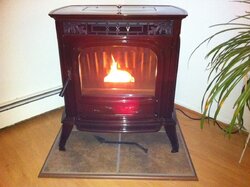
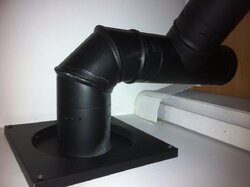
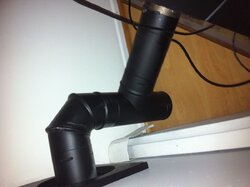
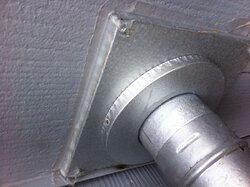
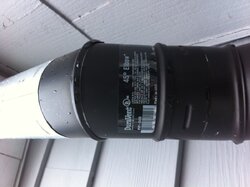
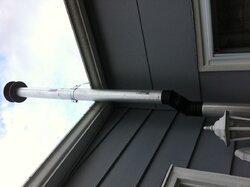
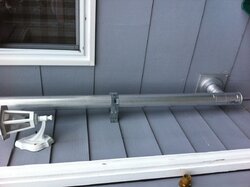
 Holly cow, batman, that's a lot of pipe... This kind of stuff just shouldn't happen. I feel for you. Simpson should be ashamed of themselves for making such crappy pipe, too. That's what my installer tried to seal up 5 times. I started with the 6" pipe adapter from Harman, but that was designed to mate up with traditional stove pipe, not pellet pipe. They tried to hodge-podge that and I caved to 4" Simpson foregoing the 6" pipe I wanted. In my case the pipe was "part of the look" so gobs of silicone or aluminum tape weren't going to cut it. This ain't 1919...it's 2011, they should be able to make pipe that doesn't leak. That's all gone and I'm giving the Selkirk direct temp a try. Not worth it for you since 90% is outside and what you need to seal up is not visible.
Holly cow, batman, that's a lot of pipe... This kind of stuff just shouldn't happen. I feel for you. Simpson should be ashamed of themselves for making such crappy pipe, too. That's what my installer tried to seal up 5 times. I started with the 6" pipe adapter from Harman, but that was designed to mate up with traditional stove pipe, not pellet pipe. They tried to hodge-podge that and I caved to 4" Simpson foregoing the 6" pipe I wanted. In my case the pipe was "part of the look" so gobs of silicone or aluminum tape weren't going to cut it. This ain't 1919...it's 2011, they should be able to make pipe that doesn't leak. That's all gone and I'm giving the Selkirk direct temp a try. Not worth it for you since 90% is outside and what you need to seal up is not visible.